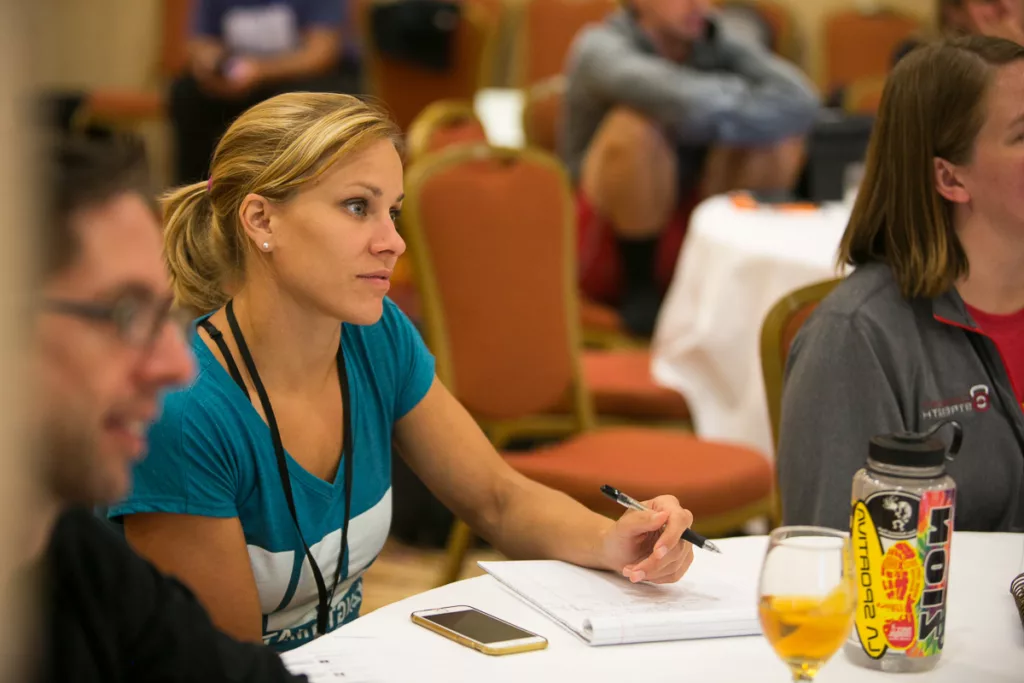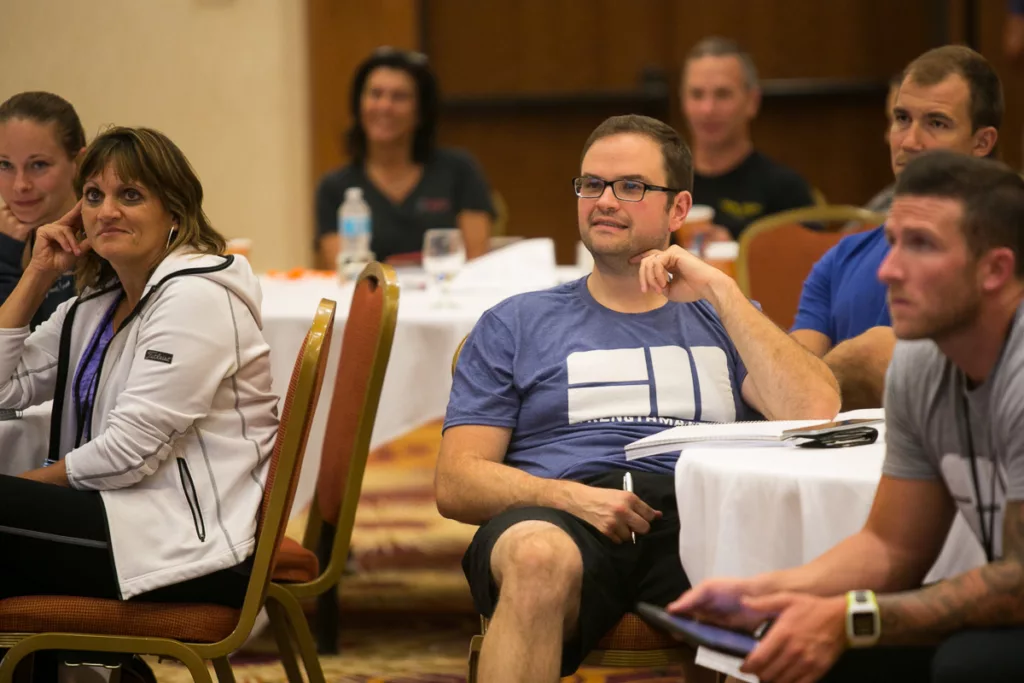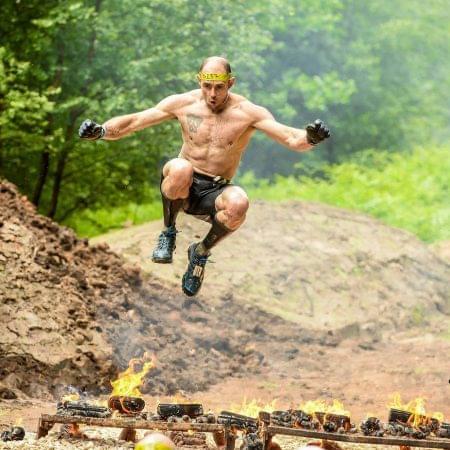Website Design, SEO and Google Ads Experts
Global Leaders in Web Design, SEO and Google Ads for Gyms, Studios and Healthcare Practices
We’ll drive more targeted traffic, increase conversions and help you rank higher on Google. Guaranteed.
Boost Traffic
Increase Conversions
Grow Sales

Marketing Your Gym, Studio, or Healthcare Practice on Google is Hard…
If You Don’t Have a plan…
And that leads to sleepless nights and feeling constantly overwhelmed. We don’t want that for you.
At Strength Matters, we’ve given hundreds of gym, studio and practice owners, like you a proven, sustainable plan for getting more clients, patients and members from Google.
Our plan worked for them, and it will work for you too.
The Strength Matters Marketing Philosophy is Simple
We Listen
We prioritize understanding your unique needs and aspirations. By actively listening to your unique goals, challenges, and vision, we ensure that our solutions are tailored to align perfectly with your health and fitness business.
We Assess
With a clear understanding, we dive deep into a thorough analysis of your current marketing processes, strengths, and areas of opportunity. This ensures that our digital marketing strategies are informed, targeted, and set up for success from the very beginning.
We Build
With a solid foundation in place, we then construct a personalized, effective digital marketing roadmap for your business. We propel your brand forward by crafting strategies and marketing campaigns that are not only timeless and effective, but also sustainable, achievable, and drive lasting success.

Strength Matters: Boosting Traffic, Conversions, and Sales
Strength Matters is a website design, SEO and Google ads marketing agency.
We deliver a done for you service that makes it nearly impossible to fail at getting more clients and patients through digital marketing.
No more guessing. No more overwhelm. Just a whole lot of confidence in your digital marketing plan to grow your gym, studio or healthcare practice.
We’re Experts in Website Design, SEO and Google Ads
Website Design
We will build you a fast website and install a powerful automation system that’s designed for one thing—to convert leads into more appointments and sales, without spending a fortune on design.
Rank Higher on Google
Our expert SEO team and content writers will create a conversion-driven digital marketing strategy based on our years’ of experience in SEO consultancy and getting clients to rank higher on Google.
Master Google Ads
Maximize your online presence with targeted Google PPC campaigns. Our specialists craft cost-effective, high-impact ads to drive traffic, enhance brand visibility, and boost conversions.
We Know Web Design, SEO and Google Ads Can be Stressful…
We’re a website design, SEO and Google ads marketing agency built by fit pros, for fit pros.
Like you, we operate our own fitness businesses, facing the daily juggle of client needs, profitability, and operations.
We know marketing services need to be affordable. We understand the unique challenges you face in the industry.
We know you can’t afford to waste resources on costly digital marketing campaigns that don’t deliver.
You need marketing solutions that are not only cost-effective but also genuinely effective.

Testimonials
Gyms, Studios and Healthcare Practices Hire Us Because of the Results We Deliver

Jörgen Brolin
Health Professional
Best Decision Ever
Choosing to become a Blackbelt VIP was a ‘no-brainer’ for me. Working with Strength Matters changed the game for my business, helping me refocus on the fundamentals and achieve my goals with unwavering support and guidance.

John Withinshaw
Gym Owner
Fresh and Effective Way of Thinking…
It transformed my perspective on working online, offering a refreshing and effective approach. I feel like part of a supportive fitness business tribe focused on solving real-world health, movement, and becoming my best self as business owner.
Your Plan for Getting More Clients and Patients
Book a FREE Strategy Call
Book your FREE 30-minute strategy call to see if we can help uncover any hidden challenges that may be holding you back and what you need to do to avoid them.
Discuss Your Marketing Needs
We’ll understand your target audience, assess your digital marketing presence, and set goals to create a custom digital marketing strategy designed to explode your fitness business.
Watch Your Business Grow
With a digital marketing plan that’s proven to work for growing any fitness business, you’ll be amazed at how your business grows and that feeling of overwhelm subsides.

Most Gyms, Studios and Healthcare Practices Don’t Have a Marketing Plan They Feel Confident In
As a gym, studio or practice owner you have to be everything to everyone. You’re supposed to be a strong leader, a savvy marketer AND a stellar salesperson.
Strength Matters exists to eliminate “fitness marketing overwhelm” by giving you a simple plan you can follow to market your business for revenue and profit.
We want to be the trusted digital marketing partner you can count on when it comes to growing your business.
That’s why our marketing services, solutions and frameworks are easy to implement, proven to work, and only focus on the parts of your business that you need to focus on.
Ready for Guaranteed Results? Let’s Talk.
Schedule your FREE Strategy Call to uncover your biggest growth opportunities, learn more about our website design, SEO and Google Ads services and see how we can help you grow your gym, studio or healthcare practice.
